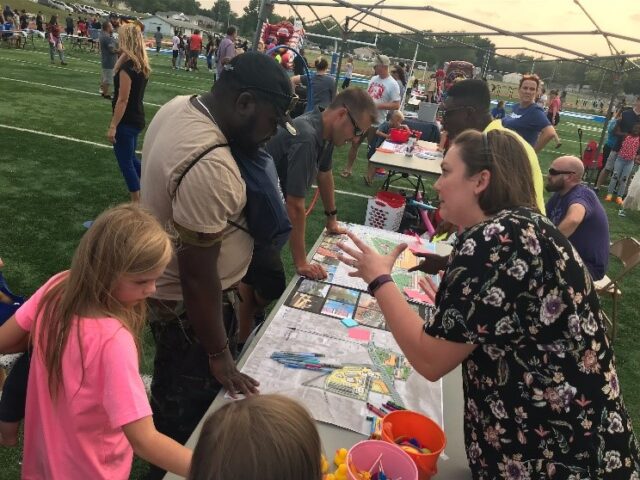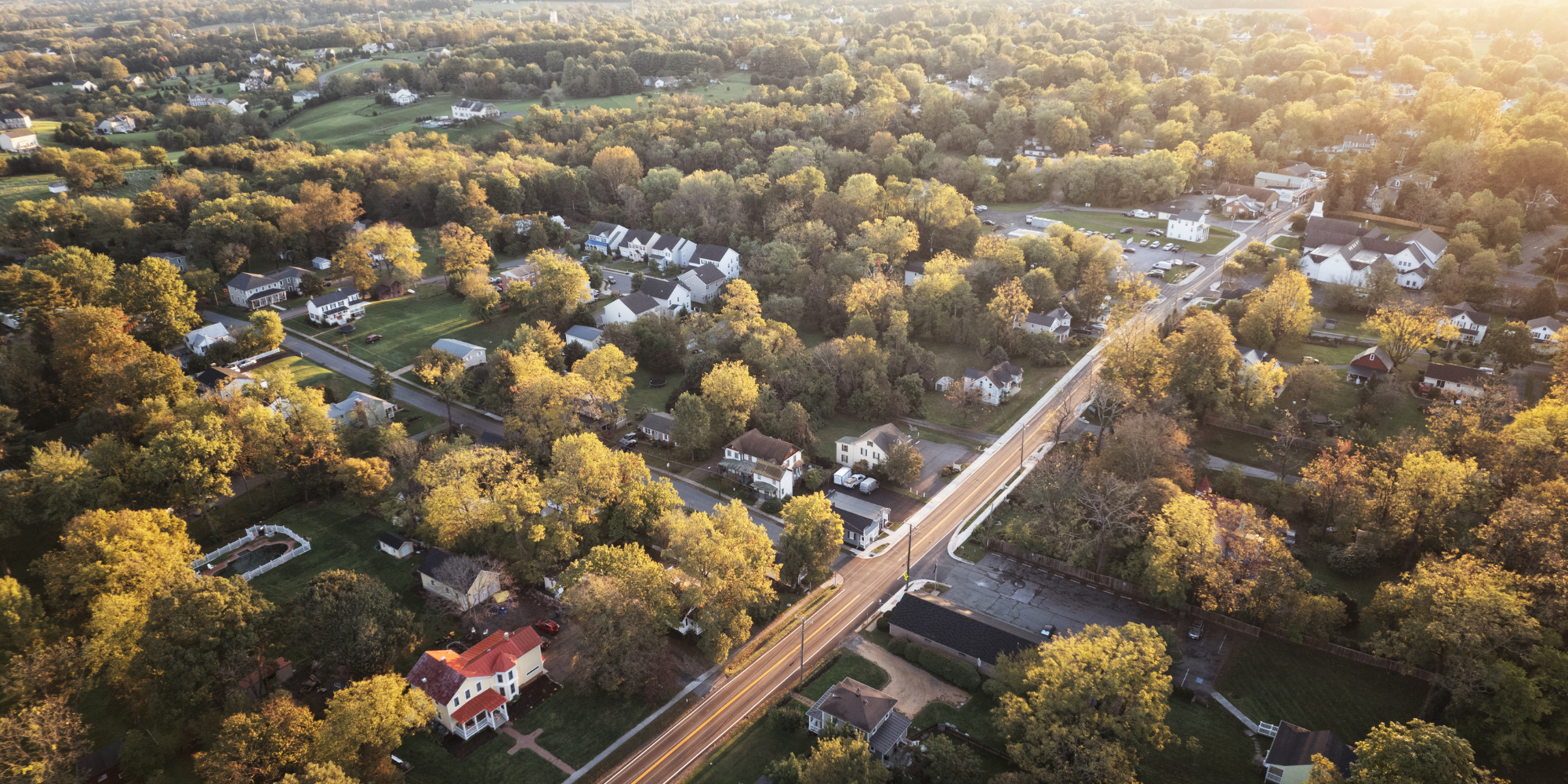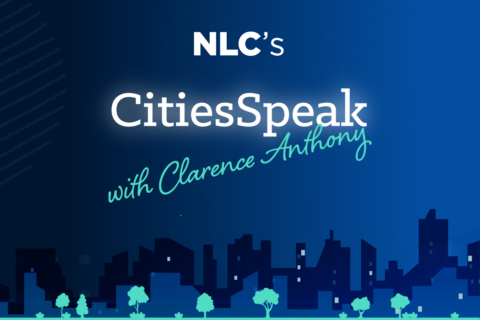Small cities and towns across the nation are fighting harder than ever to do more with less. As workforce challenges emphasize the need for talent attraction and retention, these communities often find themselves in direct competition with larger metropolitan areas, which often have more amenities, greater resources, and the ability to leverage staff time toward planning and delivering projects. In rural areas, municipal staff often wear many hats, which means your town planner may be pulling double duty as the economic development director or tourism coordinator. Most agencies are too busy addressing urgent critical needs to have the capacity or time to coordinate strategic initiatives. Despite these challenges, there is a renewed interest in these small cities and local governments to work alongside community leaders to reimagine our rural places.
In response to these challenges, Downtown advocacy organizations are cropping up in rural areas at a record pace. These emerging alliances have become increasingly critical to supporting community planning studies and grassroots campaigns that develop ideas for main street and public realm improvements. These planning activities can be an exciting time for residents to write the next chapter of what their community can become.
As an example, the Flint Hills Regional Council, a non-profit volunteer organization, recently worked with the City of Junction City, Kansas to create a community-driven plan to revitalize two underutilized brownfield sites, adjacent to the downtown corridor. Working collaboratively with property owners and local stakeholders, the Flint Hills Regional Council gained community support for an initiative aimed at improving the connectivity between surrounding neighborhoods and the downtown core. With a modest planning budget and a motivated community, planning dollars were unlocked utilizing the EPA Brownfields Coalition Grant to complete a market analysis and develop three planning scenarios for public realm and private redevelopment improvements.

Once plans are in place, implementation phase funding can be secured to bring a community’s vision to life. The federal government, recognizing the unique challenges facing rural America, has set aside dedicated financial support and prepared resources to help smaller communities navigate the programs available to meet their needs. For example, the US Department of Transportation (USDOT) developed the Rural Opportunities to Use Transportation for Economic Success (ROUTES) initiative whose Applicant Toolkit provides applicable communities with guidance to identify and apply for federal discretionary grant funding for transportation projects. In April 2022, the Department of Agriculture (USDA) and the Economic Development Administration (EDA) unveiled a Joint Planning Resource Guide which aims to eliminate barriers and gain access to resources for rural organizations and communities to boost their local economic development. The White House even created a Rural Playbook for the Bipartisan Infrastructure Law to help rural places identify and apply for the billions of dollars earmarked in the legislation for rural communities.
Beyond government programs, a host of funding solutions are available. When looking for private grants, start with your local community foundation, banks, or major employers who often fund projects and programs through sponsorships or grants that align with their strategic missions. Private foundations, like the Kresge or Knight Foundations, offer programs to meet strategic objectives or serve specific regions. Many large corporations, including Bank of America, T-Mobile, and AARP, offer grants to organizations and communities across the nation. And don’t forget resources like Rural LISC, Community Heart and Soul, and Main Street America who can provide technical assistance and financial solutions to help you achieve your goals.
Our rural communities are resilient. While the challenges can appear to be significant, there are many avenues and tools available to help. At Stantec, our experienced team of funding experts, planners, and engineers are committed to working alongside our rural communities as we write this next chapter together.

About the Authors:
Katy Shackelford is a Grant Specialist with Stantec’s North American Funding Program.

Wendy Van Duyne is a Practice Leader in Stantec’s Community Development team.








